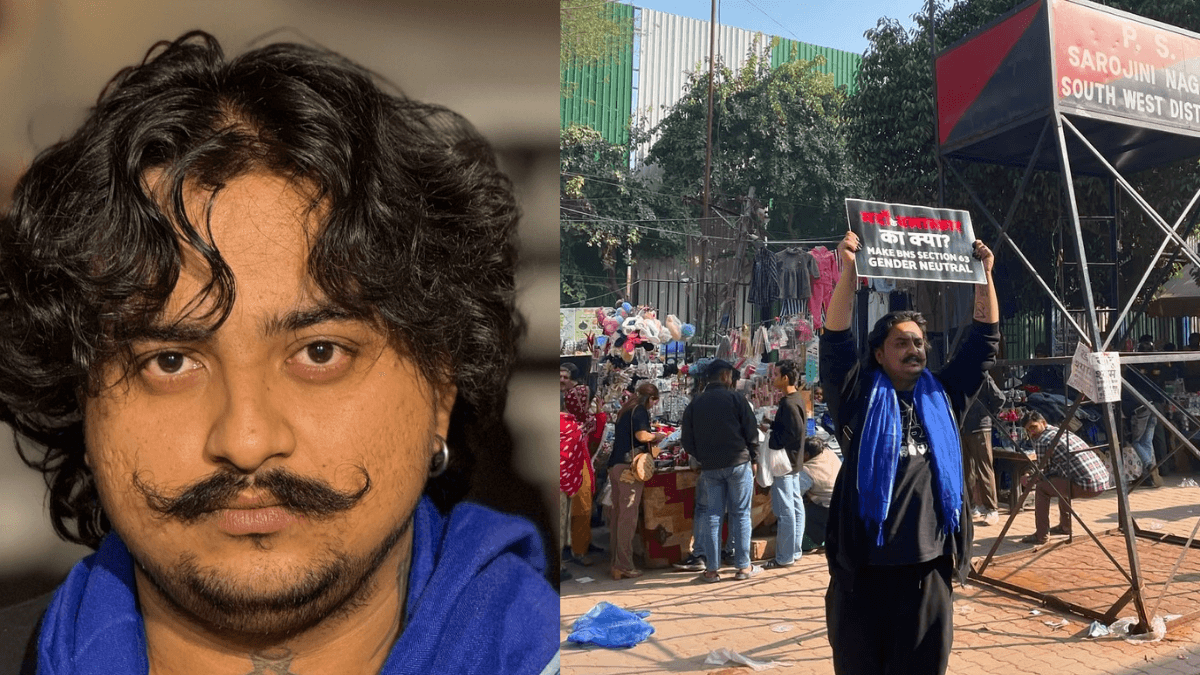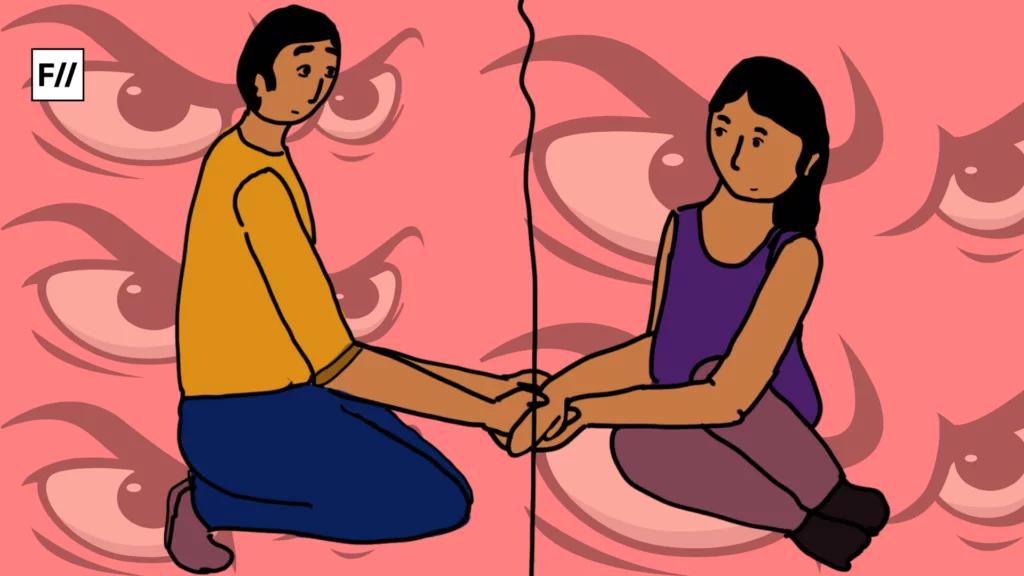“The mass media serve as a system for communicating messages and symbols to the general populace. It is their function to amuse, entertain, and inform, and to inculcate individuals with the values, beliefs, and codes of behavior that will integrate them into the institutional structures of the larger society”. – Naom Chomsky, ‘Manufacturing Consent’
The Pegasus Project
An investigative report by The Pegasus Project, an alliance of news organisations such as Le Monde, The Wire, The Guardian, Suddeutsche Zeitung, Washington Post Die Zeit and ten other European, Arab and Mexican news agencies released a statement on 18th July 2021. The alliance accessed the leaked database of thousands of phone numbers, including about 40 Indian journalists, human rights activists, and lawyers, who have been targeted for surveillance using hacking software sold by an Israeli surveillance company, NSO group. The reports mentioned that the NSO Group claimed that it only sold the spyware to “vetted governments”, which evidently includes the Indian government as well.
Also read: What Good Can Facial Surveillance Bring In A Fascist State?
Naturally, the expose shocked many. Spying on journalists, activists, human rights lawyers, doctors and political leaders is an infringement of their rights to privacy and freedom of speech and expression. And to top it, the government’s response to this investigation has been abysmal and disappointing. The incumbent IT Minister, Ashwini Vaishnaw was himself on the list of potential persons under surveillance. However, he responded with the oft-repeated statements like the investigation being “an attempt to malign the Indian democracy”.
Spying on People, including journalists, activists, human rights lawyers and political leaders, is an infringement of their rights to privacy and freedom of speech and expression.
English Media Outlets’ Coverage
Given how the investigation requires holding the state accountable more than anybody else and the fourth pillar of a democracy has a significant role in doing so, it is important to critically analyse how media outlets reported on the issue. Different news media outlets, from print to TV, have had varying levels of response to the leak.
For instance, the NDTV was the only English media channel that carried a full report on the allegations. Whereas, many others, like Times Now and India Today, largely began by reporting on just the government or NSO’s responses. Amongst English newspapers, Hindustan Times’ and The Mint carried the news in a small column on the front page. Meanwhile, The Telegraph carried the story as a lead on page 2. The Economic Times reported about it on page 3. The Times of India, The Financial Express, and Indian Express published the story as a lead on their front and flap pages. The Hindu, on the other hand, published it on page 8 as a two-column report.
Goes without saying, placement of a story as big as the Pegasus expose goes on to show what a newspaper (and the people running it) wants to tell its readers on priority.
Regional and Hindi Media Outlets’ Coverage
Ravish Kumar expressed dissatisfaction with the placement of the news in Amar Ujala, a leading Hindi newspaper, because it carried the story on a single column on page 11. However, many other Hindi and regional newspapers did a better job in reporting the leak than their English counterparts. Dainik Bhaskar published a full news report on its front page, and so did AnandaBazar Patrika, a Bangla newspaper. Divya Bhaskar, a widely circulated Gujarati newspaper, along with Sandesh and Gujarat Samachar, also published the report on their front pages. Loksatta, a well-known Marathi newspaper, also published the report on its front page. Some other Hindi newspapers like Hindustan and Navbharat Times were found giving more weightage to the government’s response.
Also read: Why The State Is Responsible For The Violence In Bhima Koregaon
Subsequent Reporting
The reportage on the leak gained prominence in the following days, with newspapers continuing to report on revelations about potential targets. The Hindu, which had disappointingly published the report on page 8 earlier, now had granted three separate pages to the news. It also gave space to an op-ed by the Internet Freedom Foundation on surveillance reform. The Telegraph also provided its entire first page to the stories. The Indian Express also published the allegations on page 1 along with the government’s response. The Times of India followed up with an editorial calling spyware “an insidious tool”. Hindustan Times also published a list of the potential targets, along with the Home Minister and IT Minister’s responses.
Indian TV Channels’ Coverage
The screen time provided by news channels on TV to this story provides crucial insights into their journalism. India Today discussed the spyware and gave space to a few people named as potential targets in the discussion. On the other hand, Republic TV too held a debate on the allegations. However, they went with the hashtag #PegasusFlopShow. Arnab Goswami tried to make light of the matter by stating that he doesn’t “understand the fuss about Pegasus” and implied the story could have been planted.
According to a NewsLaundry interview with the Israeli journalist Omer Kabir, a reporter at Calcalist, who reported on a statement by Amnesty International, which was instrumental in the Pegasus spyware expose. In the interview, it was found that the “usual suspects” used Kabir’s report to discredit the Pegasus expose with the hashtag #AmnestyDeniesPegasus.
Surveillance is particularly harmful when it comes to maintaining the democratic ideals of any country. It works to create a chilling effect amongst the citizens, curtailing their freedom of speech and expression. This is not the only time that the Indian government is being held accountable for using a spyware on its citizens. The friends and family members of the human rights activists arrested in the Elgar Parishad case were also reportedly being spied upon.

As the systems of surveillance by the state expand, a citizen’s privacy shrinks. Violation of someone’s human right to privacy evades constitutional legality. India upholds a citizen’s right to privacy under Article 21, however, with the advancement in technology and AI, it is imperative for the country to build robust laws to uphold people’s rights. The Pegasus investigation is critical in the fight against surveillance by state structures in contemporary times. It targets users without any trace and can infect any device. With the power to read text messages, track calls, collect passwords, locate tracking, access microphone and camera and harvest information from apps, the spyware has access to astonishing amounts of personal data. It therefore calls for the right kind and adequate coverage by media outlets because what the media chooses to focus on at this point says a lot about their alliances.
References
About the author(s)
(she/they)
A literature and gender and sexualities student, Saumya seeks to find explanations yet ends up with more questions unanswered. Identifies as an intersectional feminist, writer, and researcher. Solidarity always.





Great informative work! Good job!